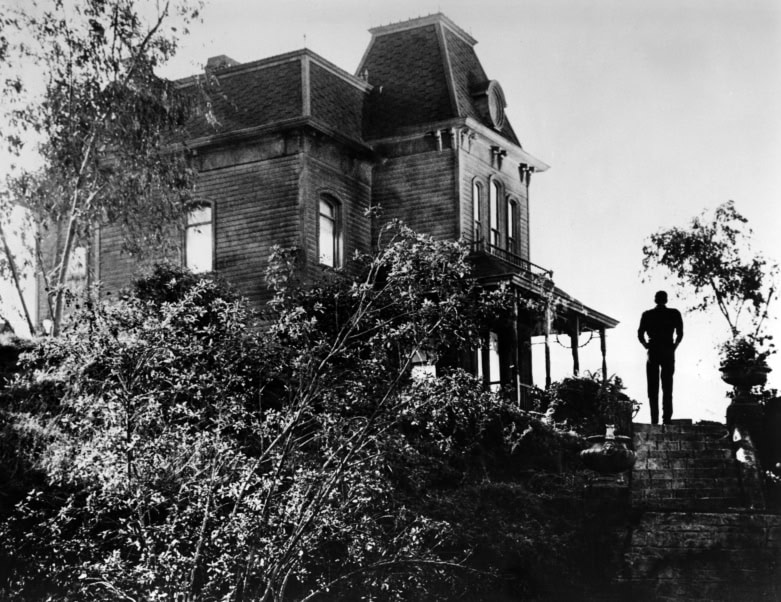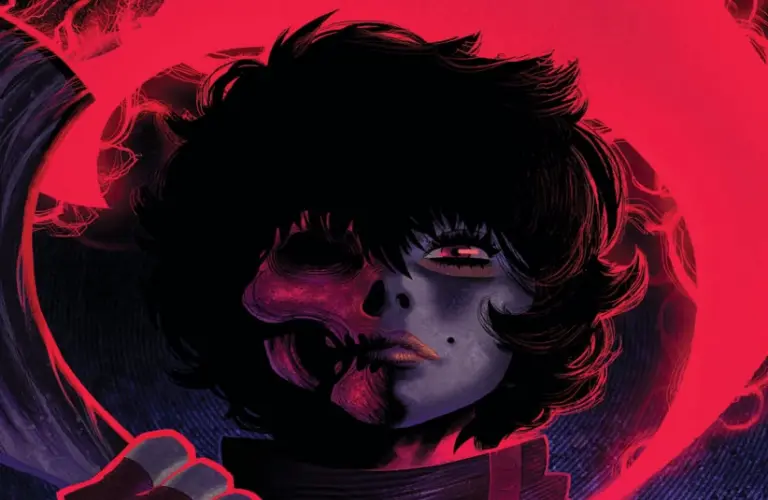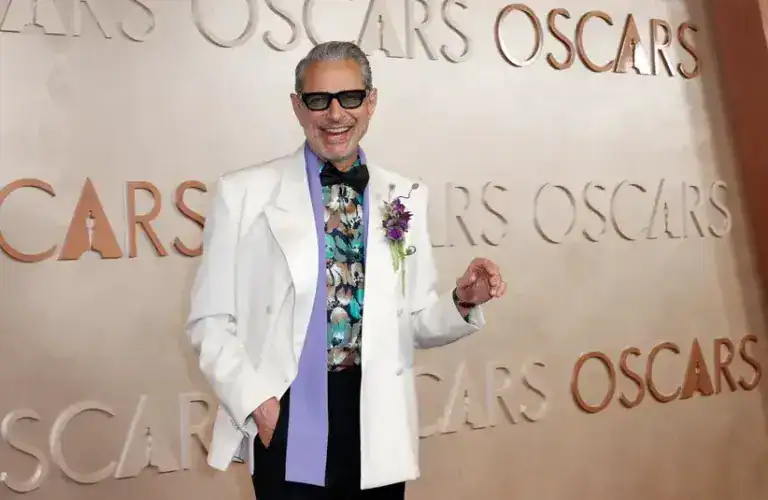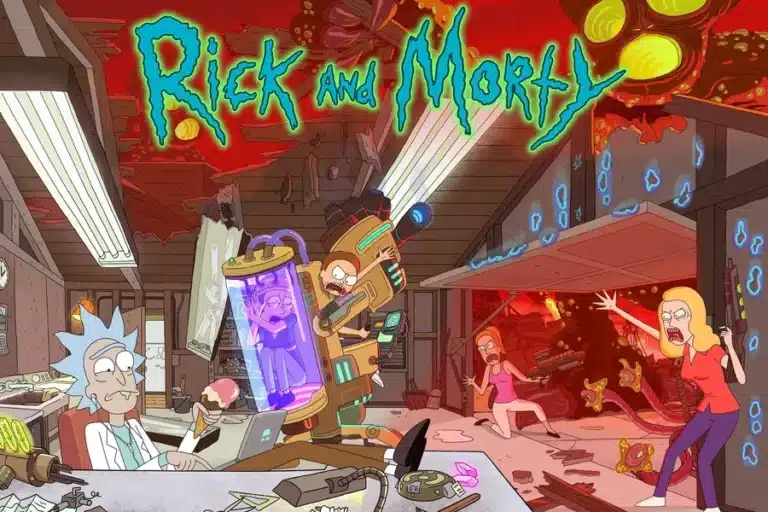65 Years of Psycho: The Legendary Shower Scene and Its Lasting Impact
Alfred Hitchcock’s Psycho is 65 years old since it was published, but one of the most influential scenes in cinema is still the legendary shower scene. The series Psycho transformed the narrative of horror films, editing styles, and viewer demands. The amazing performance of Janet Leigh and the piercing score of Bernard Herrmann enabled Hitchcock to create a scene that scared generations. Its artistry and cultural influence are still reviewed by filmmakers, critics, and fans today. The shower scene is still influential in horror cinema and has shown that Hitchcock is a genius whose genius will never end in 60 years.
65 Years of a Horror Moment of Defining Horror Moment
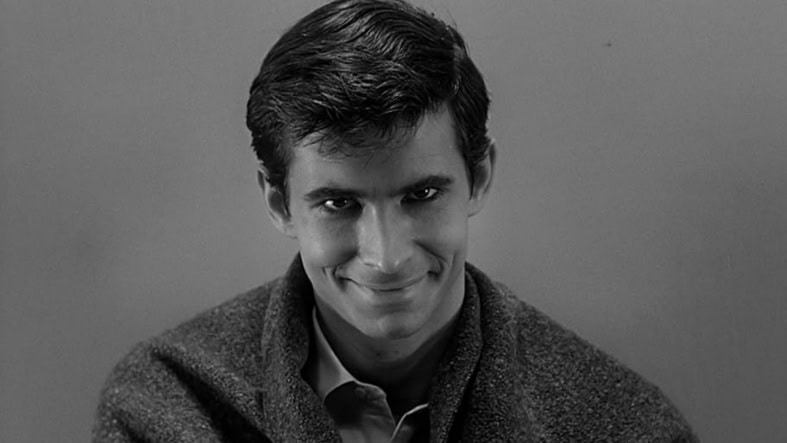
In 1960, Psycho by Alfred Hitchcock was introduced, and it shocked the audience right away. The scene in the shower with Janet Leigh was made the focus. It’s an uncooked vehemence, a forever restructured horror film, and suspense in the mind. The editing, music, and perspective were brilliantly used by Hitchcock to frighten. This scene has been used in countless thrillers in 65 years. It is still taught in film schools.
The Art of Hitchcock, the Movie Maker
What was genius about Hitchcock was that he made violence psychological rather than graphic. Plunging the knife into flesh is never really seen in the shower scene. Rather, there are fast cuts, shadows, and piercing violins that produce terror. This style influenced the development of contemporary horror, in which connotation is worse. Hitchcock showed how the emotion of the audience could be controlled through the cinema. His art made a mere murder an unforgettable visual art.
The Performance of Janet Leigh
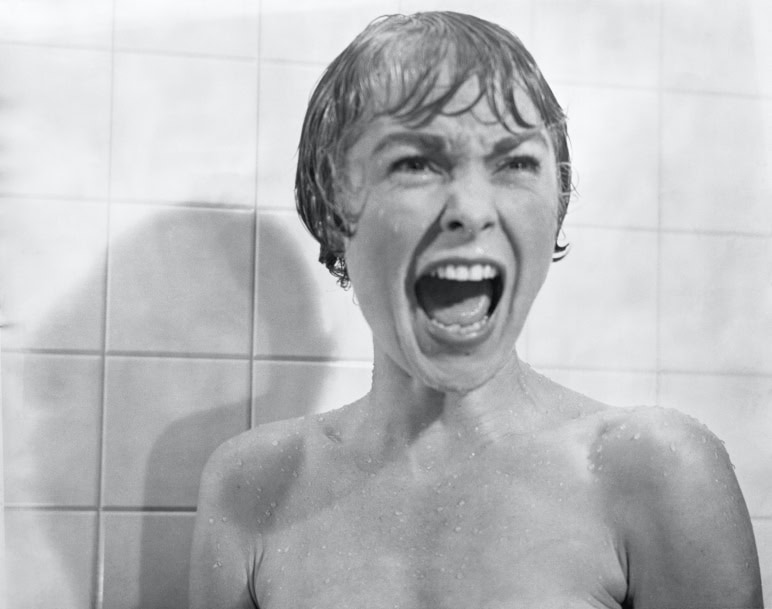
The horror worked well onscreen with the fear on the face of Janet Leigh. Her helplessness was both jaw-dropping and heartbreaking. Fans thought all the screams, all the useless gestures, all the desperate glances. Dedication by Leigh made her a horror icon. Her performance is still one of the chilling moments in cinema.
The Iconic Musical Score by Bernard Herrmann
The screeching strings by Bernard Herrmann re-established the role of music in horror. The violent violins were a match to the bloodless brutality. The release was an instant international hit with his score. It is argued that the shower scene is half its power because of that. The music by Herrmann turned out that fear could be intensified by sound.
Creative Editing That transforms the movies permanently
The scene contained seventy cuts in less than forty-five seconds. The editing performed by Hitchcock provided disorder, but at the same time, it gave the right rhythm in the film. The frames play blindly with reality and conceal the actual violence. The generations of directors were inspired by this editing to make experiments. Cinematographers continue to admire Psycho because it transformed the suspense in movies.
Adversaryship and Censorship
When Psycho was released, there was an open debate about the shocking intensity of the scene. Numerous theatres were afraid to present it onscreen in its uncut version. Hitchcock was involved in censorship battles, but he did not want to compromise ingenuity.y The scandal simply drove the curiosity, increasing tickets all over the world. Horror changed viewers permanently as they walked out of theaters.
The enduring Cultural Legacy of the Scene.
The shower scene immediately turned into a cultural point of reference across the world. It is found in the media, including parodies and homages. Its influence is mentioned by such directors as De Palma and Tarantino. Even contemporary horror depends heavily on its psychological basis. It has been seen 65 years later as still the ultimate horror blueprint in cinema.
Final Thoughts
Six decades after its publication, Psycho by Alfred Hitchcock is the standard of horror, and its shower scene is the greatest iconic scene in the history of cinema. The acting of Janet Leigh, the ghostly music of Bernard Herrmann, and the intelligent direction of Hitchcock were all that it took to build a timeless horror film. Not only did the sequence terrify viewers, but it also transformed the art of editing, sound design, and storytelling. It is still felt in film, television, and popular culture. Not merely a murder scene, it is an indication of the shock and inspiration that cinema can inflict.

